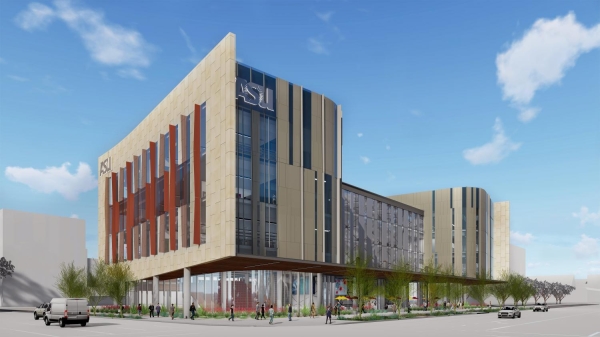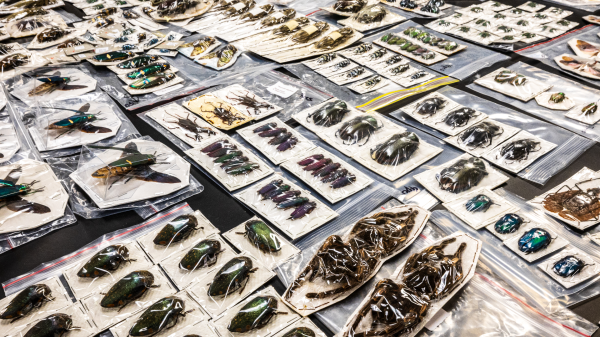ASU archaeologist promotes Arizona's petroglyph treasure trove
Arizona is one of the best locations for encountering petroglyphs – images carved into the surfaces of stones by past peoples. They are abundant in Phoenix’s South Mountain Park and can be found in such diverse locales as Tempe’s "A" Mountain and the Navajo Nation's Canyon de Chelly.
Though their meanings are lost to time, their placement often aligns with the sun’s point of rising or setting, or marks notable features of the landscape.
Arizona State University archaeologist Arleyn Simon recently gave KJZZ’s Nadine Arroyo Rodriguez a tour of the rock art at South Mountain and discussed the state’s wealth of petroglyphs, which are often right under hikers’ noses.
“They are a little tricky to see depending on the lighting," she said. "The early morning and the late afternoon/evening are probably the best lighting to see them.”
For those interested in experiencing the petroglyphs at South Mountain Park, Simon says many are located throughout the park on the trails, as well as near the Pima Canyon Entrance parking lot, where rock art attributed to the Hohokam people can be found.
Simon is affiliated with the Center for Archaeology and Society’s Deer Valley Petroglyph Preserve, which is managed by the ASU School of Human Evolution and Social Change in the College of Liberal Arts and Sciences. The preserve is home to the Phoenix area’s largest collection of Native American petroglyphs – more than 1,500 images made by the Archaic, Patayan and Hohokam peoples, some dating back 7,000 years.
Article source: KJZZMore ASU in the news

ASU makes progress toward establishing new medical school, could admit students by 2026

How to Make Urban Agriculture More Climate-Friendly
